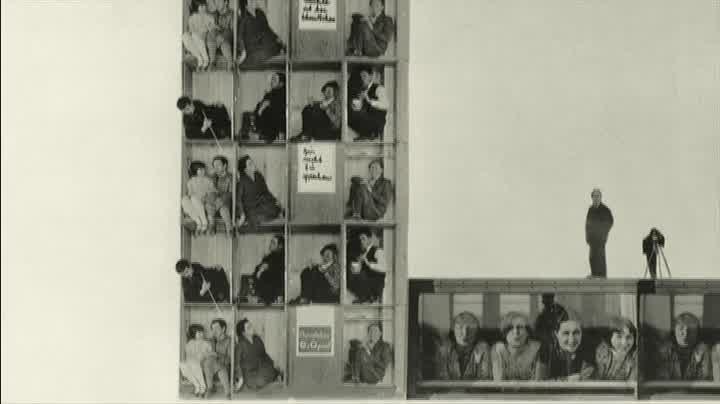

Original layouts for the first few mechanical typewriters were in alphabetical order (ABCDE etc.) Changes were made, mostly responding to suggestions from telegraphists that were between the first users. "I did at first," she answered, "but now I know where the letters are without looking."Īrthur Conan Doyle, A Case of Identity (1891) "Do you not find," he said, "that with your short sight it is a little tiring to do so much typewriting?" Most modern computer keyboards have a raised dot or bar on the home keys for the index fingers to help touch typists maintain and rediscover the correct positioning of the fingers on the keyboard keys. On a standard QWERTY keyboard for English speakers the home row keys are: "ASDF" for the left hand and "JKL " for the right hand. (Under this usage, typists who do not look at the keyboard but do not use home row either are referred to as hybrid typists.) Both two-handed touch typing and one-handed touch typing are possible.įrank Edward McGurrin, a court stenographer from Salt Lake City, Utah who taught typing classes, reportedly invented home row touch typing in 1888.

Although the phrase refers to typing without using the sense of sight to find the keys-specifically, a touch typist will know their location on the keyboard through muscle memory-the term is often used to refer to a specific form of touch typing that involves placing the eight fingers in a horizontal row along the middle of the keyboard (the home row) and having them reach for specific other keys. Touch typing (also called blind typing, or touch keyboarding) is a style of typing. For the racehorse, see Dactylographer (horse).


 0 kommentar(er)
0 kommentar(er)
